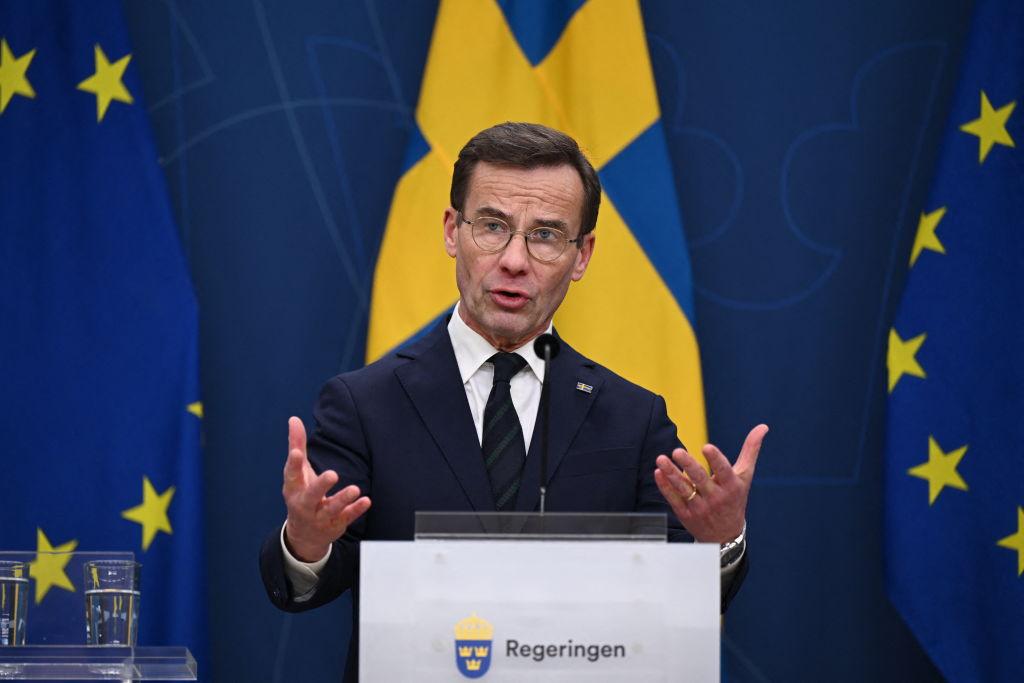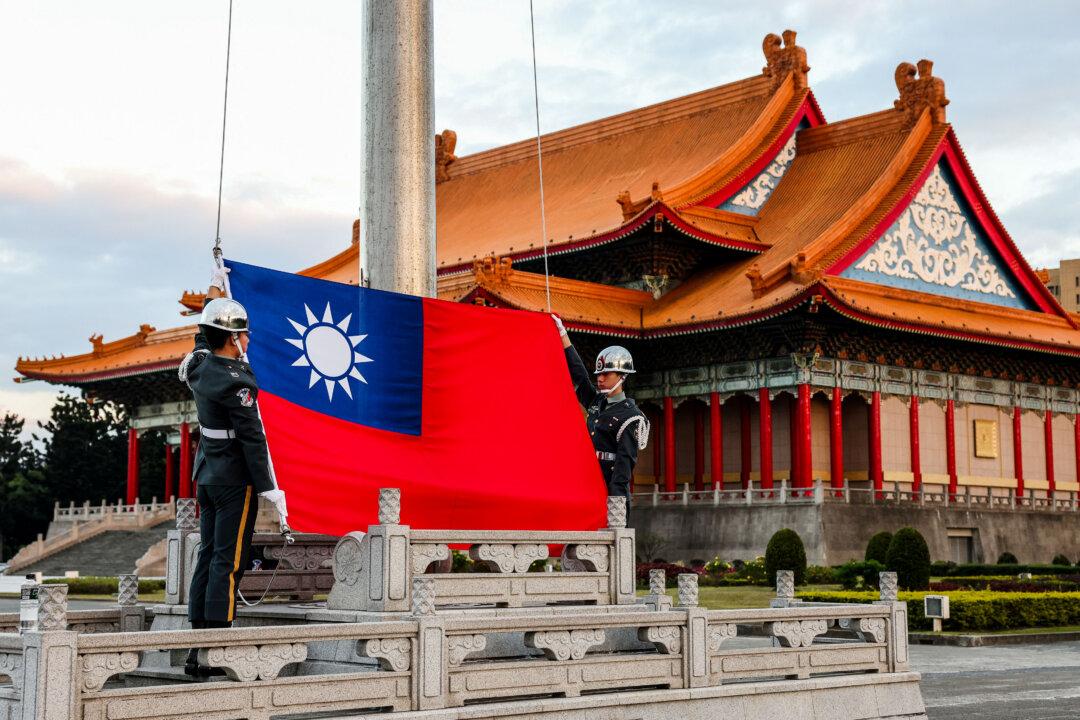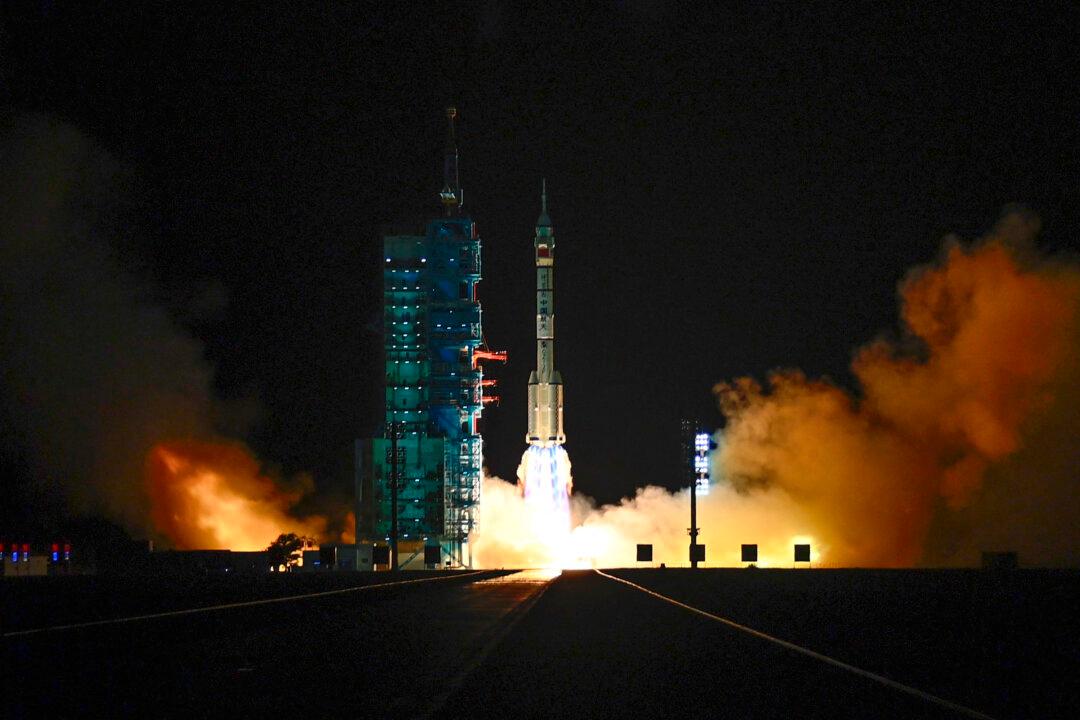In a significant shift after more than two centuries of neutrality, Sweden is poised to become the 32nd member of the North Atlantic Treaty Organization (NATO) following the Hungarian parliament’s ratification of its application.
The move, coming in the wake of the Russia-Ukraine conflict, has reshaped Sweden’s foreign policy stance from one of non-alignment to actively joining the collective defense and democratic values championed by the United States and its allies.





